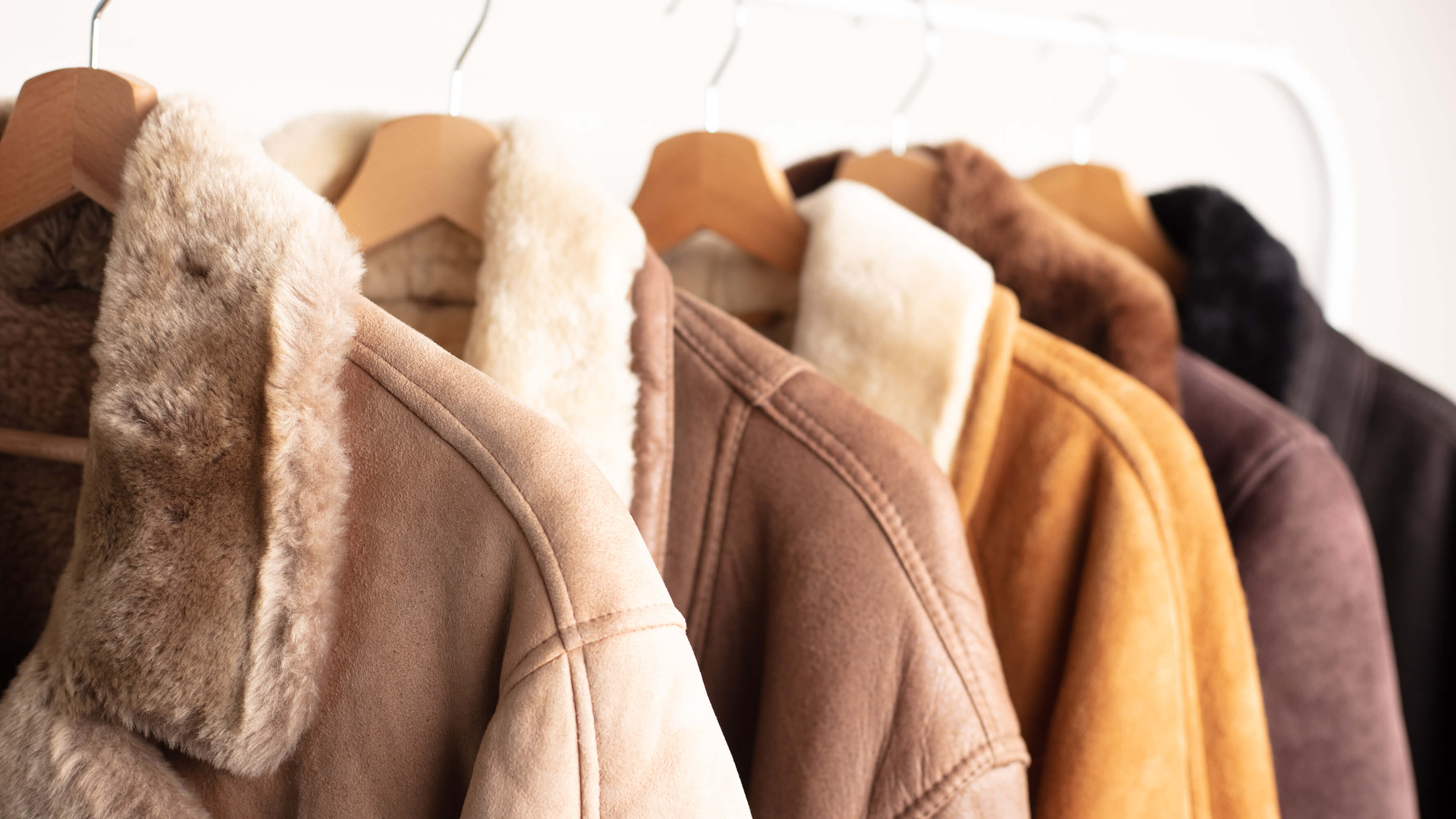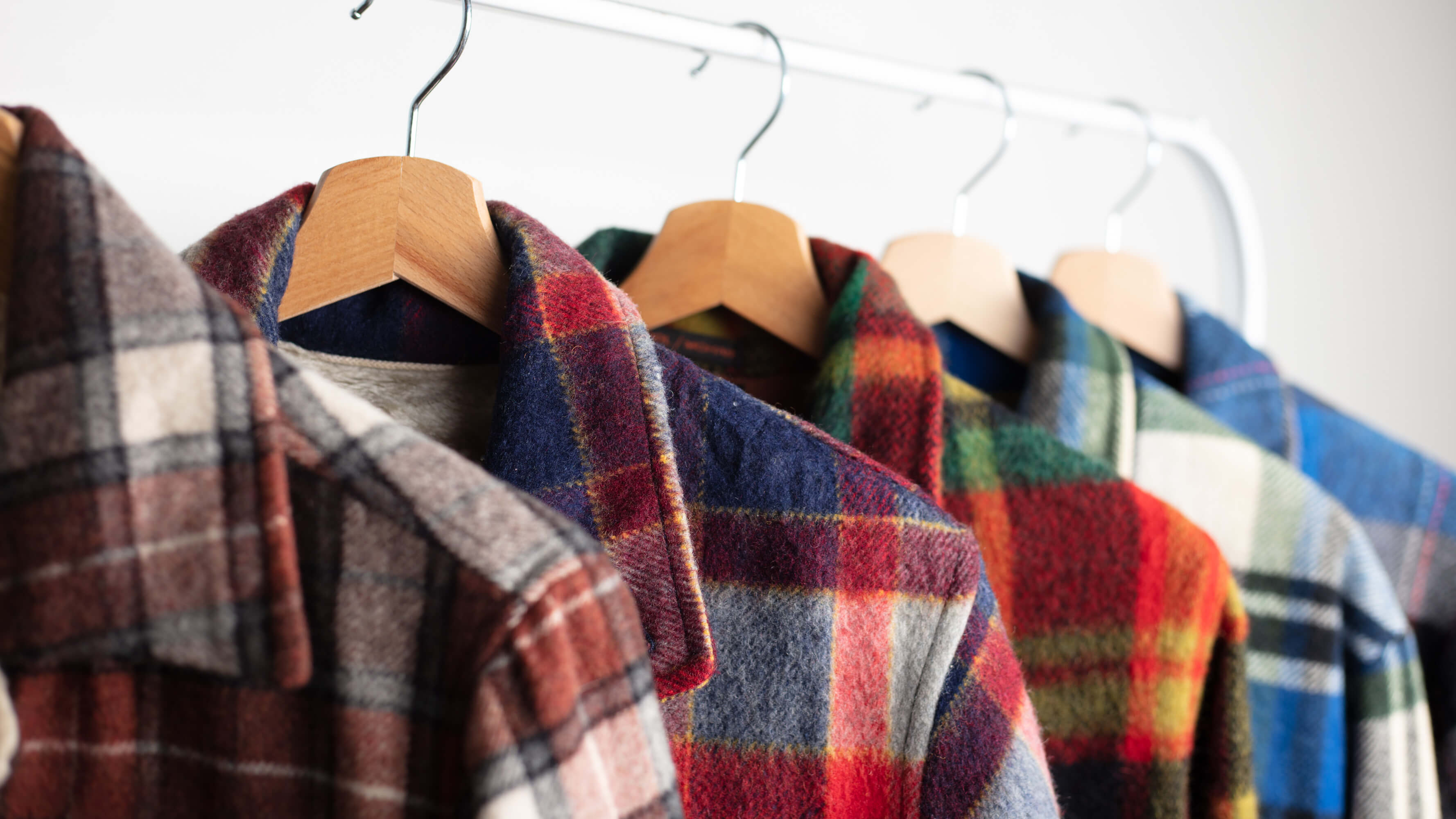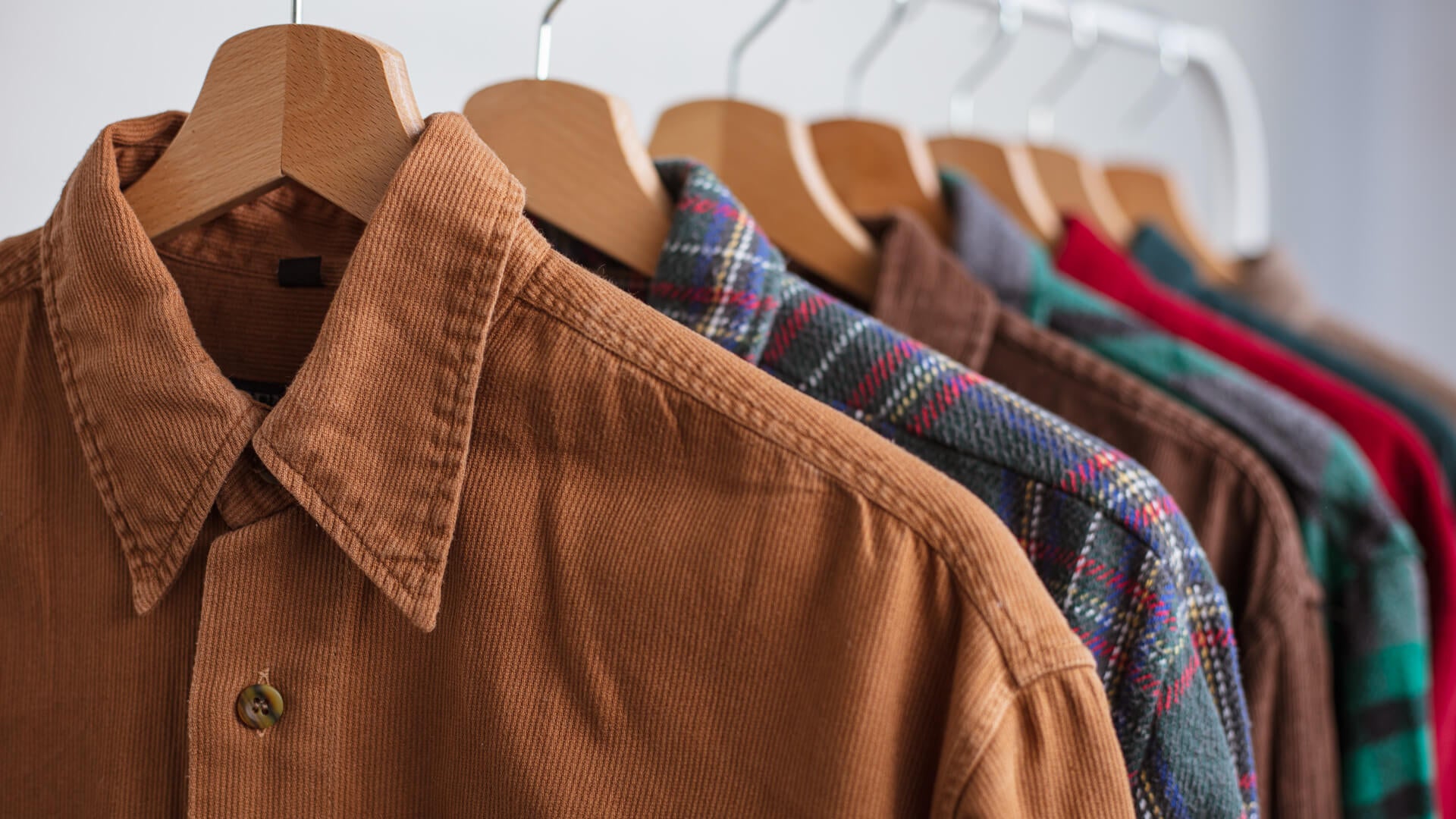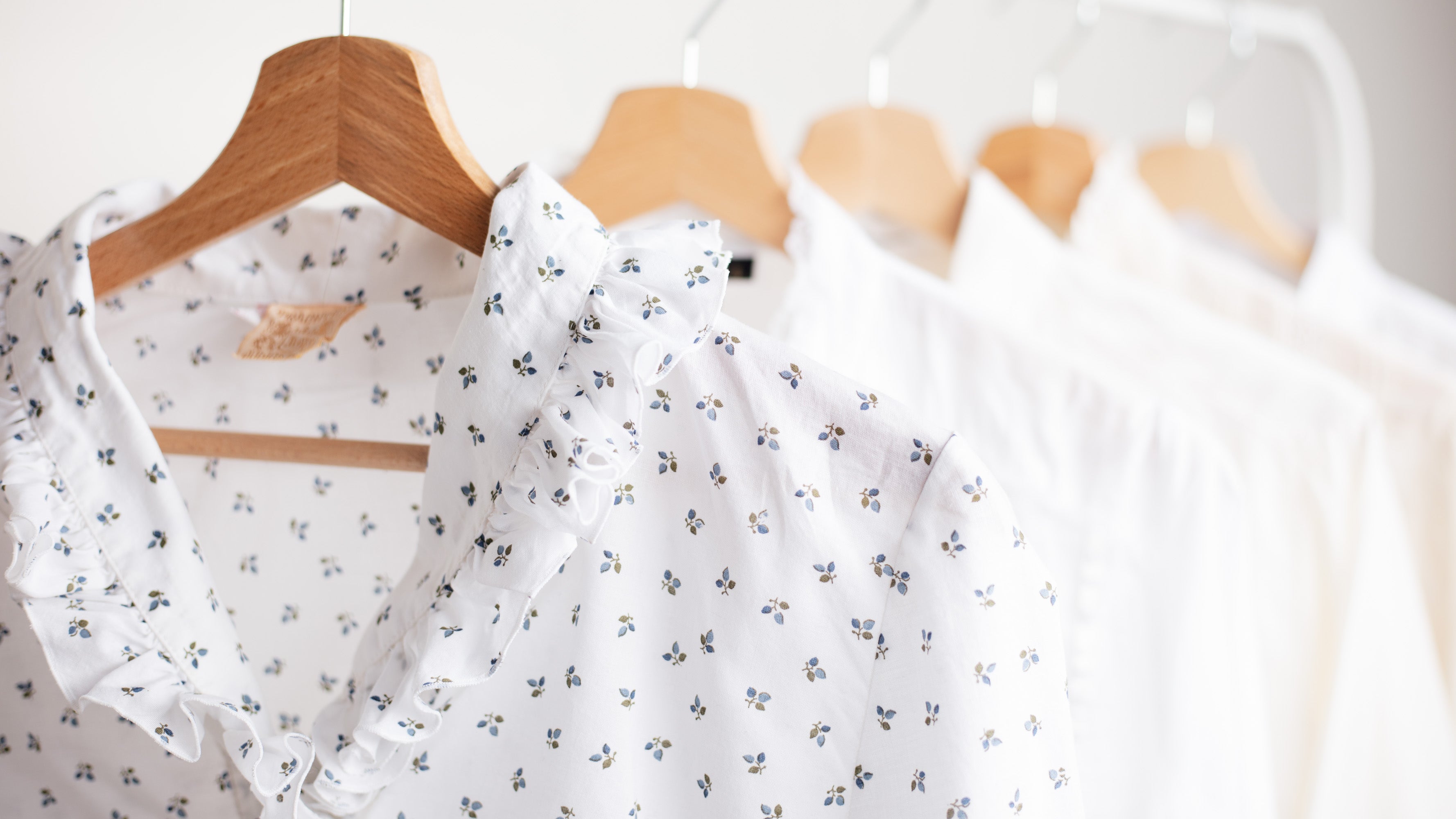The Exquisite Loden Coat
A classic wool coat is one of the most popular go-to options for a winter wardrobe and lately, it has seen a comeback in the fashion world. The wool used in the production of winter garments can be sourced from different animals and processed in a variety of techniques. One of the most sought-after and popular wool types is Loden wool. Loden has a long and rather intriguing history that spans many centuries and involves ingenious craft, mountains, and politics.
LODEN WOOL
So what is Loden after all? Technically Loden wool is a wool that has gone through a wet finishing process involving heat, water, and repeated pounding of the wet woven wool that shrinks and thickens the fabric. After all these processing steps, the result is dense, felt like pure wool fabric with superb thermoregulatory, wind-breaking, and water-repelling properties. However, nowadays the term Loden is also used to describe a coat made from this type of wool and a forest green color – a classic colorway of the Loden coat.

The origins of this technique and fabric can be traced back to the traditional shepherd culture of the Tyrolean Alps. The emergence of Loden wool was dictated by the harsh winter climate of the mountains where sub-zero temperatures met high air moisture resulting in killer weather that needed proper countermeasures. And the Loden wool was exactly that – a way to keep the people of mountains able to withstand the winter.

THE "STYRIAN PRINCE"
It is hard to predict how Loden would evolve without the involvement of the Habsburg Archduke Johann, the brother of Emperor Franc II who was a reigning Emperor at the time. After the defeat against the French revolutionary forces in 1810, Johann retired from the military and relocated to the Styria region. Away from all the rough and tumble of Vienna's imperial politics, he lead a life of a naturalist, hunter, and philanthropist. Johann founded museums, built factories and infrastructure that made him very popular among the common folks.

The feeling where reciprocal and Johann was so fond of the simplicity and genuinity of the peasant culture, that he incorporated their clothing in his wardrobe. And one of the central elements of this “cultural appropriation” was the Loden. It is worth mentioning that by the imperial decree peasants were allowed to wear only clothing made of leather, linen, and Loden wool. Never before had a person of nobility been seen in a Loden outfit. In a way, Johann was a fashion iconoclast at his time and an “influencer” for Loden wool.
LODEN IN THE HABSBURG COURT
During his many visits to the Habsburg court in Vienna, his royal family and fellow noblemen at first were quite perplexed by his wardrobe. These peasant sentiments were in stark contrast to the soul of imperial aesthetics. However, it was a time of romanticism with a passion for a bucolic lifestyle and closeness to nature so the “Styrian prince” became a trendsetter whose example was contagious. Loden soon became a staple of the noble wardrobe and was fully incorporated into the culture of high society.

Of course, the Loden for the crème de la crème of the society was of different style and of much higher quality. It was no longer a shepherd's cape but a sleeved coat, very similar to a classic Loden coat that we know today. Also for the Imperial needs, such exotic wool as Merino, alpaca, and Cashmere was imported and that created the seemingly oxymoronic “Himalaya Loden” fabric.
Today Loden is still one of the best wool coats on the market with a hefty price tag, but as usual, you can check out our Northern Grip shop for affordable vintage Loden coats.


















